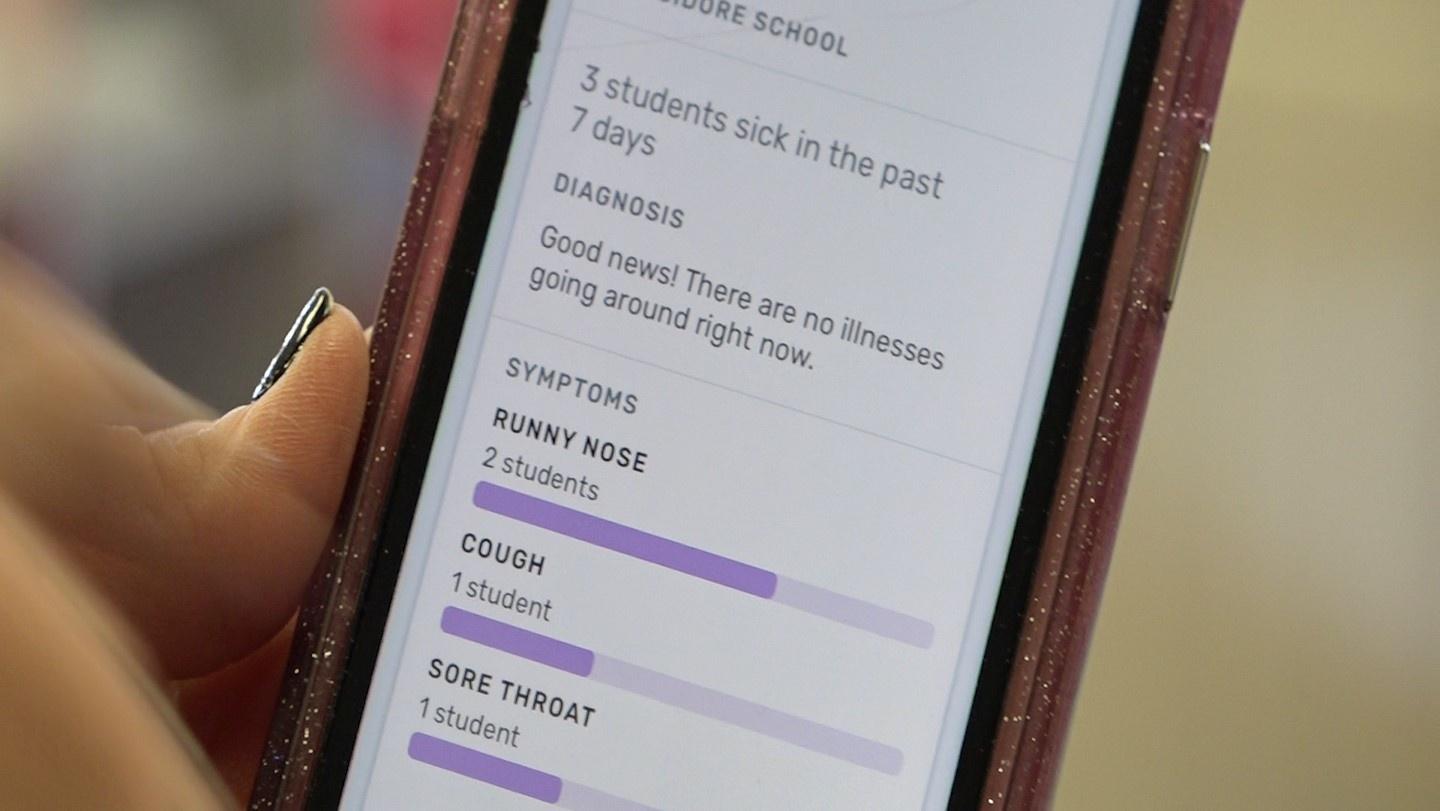QUAKERTOWN, PA - Flu season isn’t over. Here in Pennsylvania, the virus recently claimed the life of a second grader.
"It kind of hits home in the sense that it’s a reality check that yes, our kids get sick, we do what we need to do as parents, as teachers to make sure that they are taken care of and they get better," explains mother and Pre-K teacher, Julie McFadden, "It kind of gives you that oh my gosh, it it serious, it’s not just the common cold anymore. These things can progress into other things."
The Marple Newtown School district in Delaware County announced Matthew Wzorek, a 2nd grader at Worrall Elementary School died Sunday night from complications surrounding the influenza virus. The district is now warning parents that more children could get sick after being exposed to this second wave of the airborne virus that is hitting youngsters especially hard. The number of deaths and hospitalizations among children are the highest the country has seen since a severe outbreak a decade ago. The CDC says two strains of the virus that are particularly tough on children are spreading at the same time and are to blame.
The boy is one of 92 other children who have died so far this year because of complications surrounding the flu. But in Quakertown, school staff, parents and students are connecting with technology to help stop the spread of the virus and become more 'flu-ent.'
"It has the ability to not only take a temperature but to help us monitor when there’s fevers, or for parents to put in information about coughs, flu symptoms, and so we’re better able to track and monitor what’s going on in our school building," explains principal at St. Isidore Catholic School in Quakertown, PA, Dr. Robin Conboy, "This assists us in making sure that if we need to double down on a particular classroom or a grade level, that we have that ability because we have the data to back it."
Twenty elementary schools across our region have been given smart thermometers to track the flu in real time. The Kinsa FLUency program allows nurses, teachers and families to connect through an app that tracks what illness is circulating in classrooms. When parents log on they can record their child’s temperature and symptoms anonymously. And when symptoms get serious, the app will even advise parents to visit a pediatrician.
Showing PBS39 News Tonight Reporter, K.C. Lopez, how it works, McFadden explains, "This is the Pre-K class. There’s 36 people that are actually logged into this app. 3 students were sick in the past 7 days. And it gives you, 2 students had a runny nose, 1 student had a cough, one student had a sore throat and it’ll give you the overall school report as well." She feels, "as parents and as educators we’re not waiting until the point that they have that fever, whereas I think that used to be the protocol. A fever of a certain number was when we sent them home, now it’s oh they’re just not seeming like they’re okay, I’m seeing a lot of symptoms, but there’s no fever there, let me reach out to the parent and see what's their opinion, do to they want to come get them, do they want to take them to the doctor? So I think we’re trying to really hit it before they get to their worst point."
School nurses and principals can communicate with parents through the app to alert them to illnesses being reported inside classrooms. Kate McSherry who serves as the fill-in nurse at St. Isadore says early detection is key to stopping the spread of viruses like the flu, strep throat and more…
"The children come back too soon and they really should probably stay home another day," McSherry tells Lopez, "or they’re given something and the fever goes down but then when that wears off the fever comes back and we’re sending them back home. So I think it helps the parents track and be more aware of what’s going on. And when they see the numbers I’m sure some of them think twice about wanting to contribute to that so I think it’s helpful in that way."
Over fourteen hundred other schools across the country are currently participating in the FLUency program. Participants say the goal is to stop the spread of viruses like the flu and keep kids in desks, and their teachers in class where they belong; healthy and learning.
"I think that it just helps us to know, we need to keep ourselves healthy too or okay we’re starting to see this symptom, we don’t need to be at school," says McFadden, "We need to make sure that we’re spraying down in the mornings, we need to make sure that we’re spraying down when these guys leave in the afternoon, spraying our toys, cleaning our toys more often than we were before. You know it used to be maybe a once a month process whereas now I’m finding that we need to clean our toys every couple weeks instead. We as teachers can get run down as well. And with that the germs that are in our classrooms can affect us as well and if we’re not here because we’re home sick, it disrupts their day, it disrupts their learning process."
Got a news tip? Email K.C. at KCLopez@WLVT.org!




